the wicker man
Well-known member
I understand the Flashes roost tonight contained two adult Yellow-legged Gulls and a first winter Common Gull
also close on 70 shoveler on the Flashes.
I understand the Flashes roost tonight contained two adult Yellow-legged Gulls and a first winter Common Gull

The Top Ten known (more or less) listers at Upton Warren are as follows, based on an updated version of the list on WorcesterBirding:
1) John Belsey - 213 (latest: Red-necked Grebe)
2) Andy Warr - 205 (latest: Red-necked Grebe)
3) Terry Hinett - 204 (latest: Red-necked Grebe)
=4) Mike Wakeman - 202 (latest: Great White Egret)
=4) Des Jennings - 202 (latest: Caspian Gull)
=6) Richard Harbird - 195 (latest: Shorelark)
=6) Dave Jackson - 195 (latest: Caspian Gull)
8) Dave Walker - 193 (latest: Red-necked Grebe)
9) Phil Andrews - 191 (latest: Red-backed Shrike)
10) Rob Prudden - 189 (latest: Osprey)
Lists that aren't known but would feature are Arthur Jacobs (approx. 210?), Steve Whitehouse (210+) and John Ridley (205+?) plus potentially the likes of Stuart Croft, Gordon Greaves and Roger Hill.
First update of the day comes from JTB at a foggy Flashes - adult Yellow-legged Gull, 1 Avocet, 2 Snipe, 3 Green Sandpiper and 35+ Shoveler




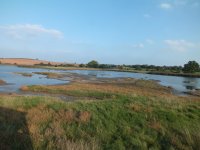
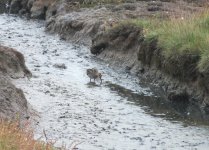
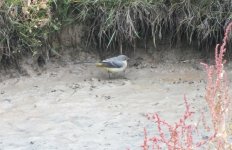
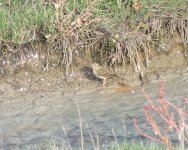
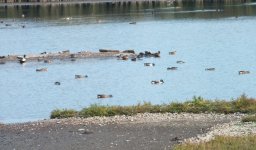

It was a pleasure to get involved today...brought back memories of clearing rhododendrons from Coombes Valley in the hot summer of 1976
Andy


Nothing much in the roost tonight - 950-1000 BHGs by 18.35 with only three or four LBBGs. Two Raven over flashes. On SP 2 ad & 2 juv GCG. On brief visit to Moors 2+ L.Redpoll and five House Martins over/beyond Ed. Res.

New for the year (#140) - Yellowhammer
Will have to check what the reserve record is for Greylag Geese
